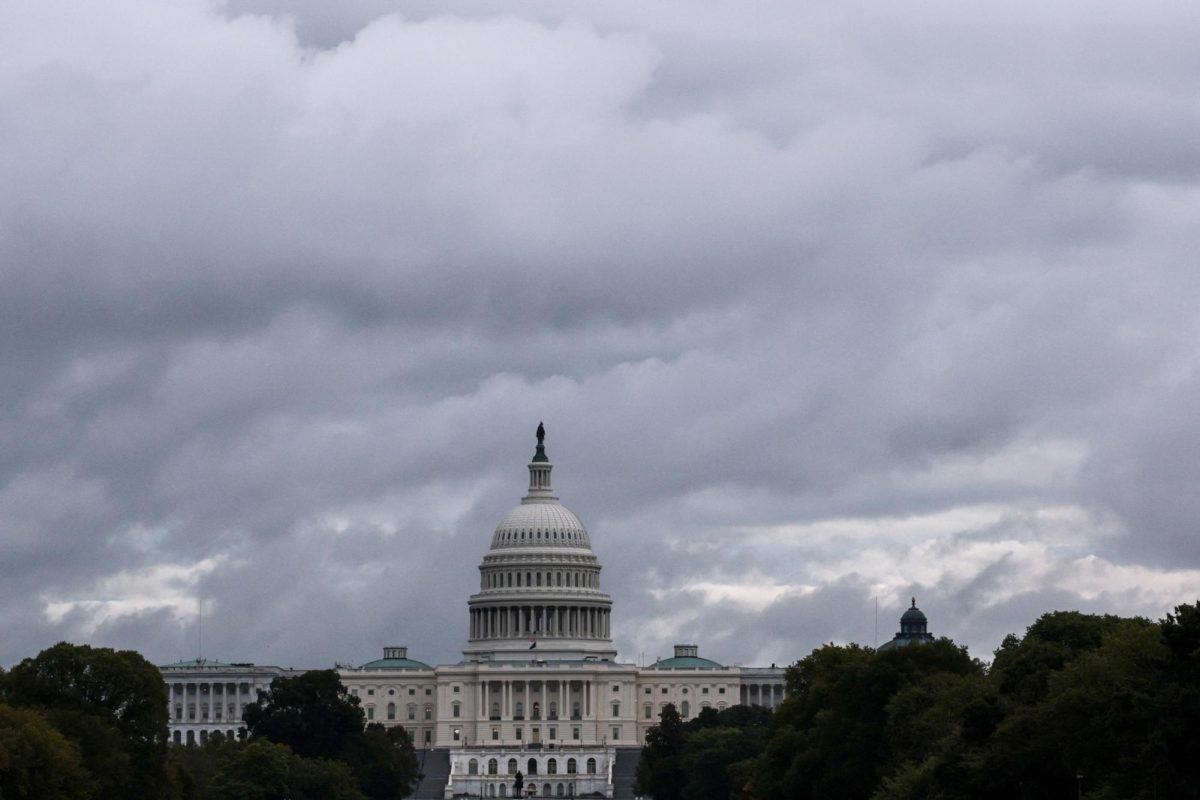During the 2024 election season, voters saw differing proposals from candidates Vice President Kamala Harris and president-elect Donald Trump.
As the former president was chosen, his policies will govern the United States for the next four years.
With that context, political analysts are analyzing how Trump’s proposals will affect America and the world in general, and whether it is possible to make them a reality.
One of Trump’s proposals that his supporters were most attracted to is the reduction of taxes in general. Others worry the reduction of taxes could have major consequences.
TAXES SHOULD BE LOWERED
By: Santiago Montañez Bertoletti, Opinion Columnist
Beyond Trump’s character, his proposal of decreasing taxes is probably one of the best options to reactivate economic growth in the U.S.
Trump’s plan is to lower certain taxes affecting the middle class and industry to improve the quality of life for citizens and attract investment and construction opportunities for the industries.
In recent years, inflation has hit the middle class hard. The U.S. has seen an industry flee where office centers and headquarters of large industries remain in the country, but the factories are moved to places where manpower is cheaper, according to the Boston Consulting Group. All this follows the same line that Trump had with the Tax Cuts and Jobs Act (2017).
In principle, the corporate income tax rate would be reduced from 21% to 15%. This tax rate is lower than most of the world’s major economies, including European countries like Portugal, Germany and Italy, and adds to the 2017 reduction from 35% to 21%.
For personal taxes, many exemptions from the 2017 TCJA would be maintained or reintroduced. It is worth mentioning that Trump plans not only to maintain the limit on inheritance taxes but to double it, allowing more inheritances to reach their new owners in full.
Maintaining these cuts is important because within the tax code they are not permanent, and their expiration date is late 2025, which made the economy and tax reform a key point in the election.
Now, not everything is that simple. While in the long run these exemptions and cuts will boost the U.S. economy both in the heavy industry and local trade emphases, they would theoretically increase the fiscal deficit – meaning the expenses would outweigh the revenues in a year – which would increase the U.S. debt, which is already high and has been rising since the pandemic.
However, there are several ways in which Trump plans to stop these consequences of tax reform and reduce the deficit.
The Department of Government Efficiency, led by Elon Musk and Vivek Ramaswamy, would try to reduce the cost of bureaucracy and spending in the military-industrial complex by reviewing each contract.
Trump will, additionally, raise taxes on foreign products, especially the ones coming from Mexico and China, having a bigger income from international commerce. Also, Trump expects to invest heavily in homeland sources of energy, both by oil and nuclear energy.
He also expects the growth of industry and the end of factories being moved overseas will bring in considerable tax revenue, helping fill the gap left by the tax cut.
There is much to say about Trump: his ineptitude for the military imagination, his tactlessness in engaging diplomacy, his deplorable treatment of women and minorities, his way of debating. All this can be discussed and criticized, but his tax reduction plans are the best route for improving the U.S. tax code.
TAXES SHOULDN’T BE LOWERED
By: Lalita Rai, Opinion Columnist
The Tax Cuts and Jobs Act (2017), signed by Donald Trump, reduced income tax rates, increased the standard deduction and removed personal exemptions. If these measures are not renewed, they could lead to an additional $4 trillion paid in taxes by 2034.
A stable economy is essential for building a strong and prosperous state. To achieve this, governments must carefully manage taxes, either by increasing or decreasing them.
While not lowering taxes has its pros and cons, the benefits are more significant when tax revenue is effectively utilized.
Maintaining current tax levels ensures the government has sufficient revenue to fund critical public services such as education, healthcare, infrastructure and national security.
In the fiscal year 2023, the federal government collected about $4.5 trillion revenue, which is about $13,300 per person if the taxes were equally – not equitably – dispersed. About 49% of tax revenue was from individual income taxes, according to USAFacts.
That same year, the federal government spent $3.6 trillion (58%) of its total spending on Social Security, defense and payments to states: $1.4 trillion on Social Security, $1.1 trillion on defense and $847.6 billion on healthcare. Simply put, maintaining important programs costs money, and lots of it.
This steady flow of funds can also help reduce the national budget deficit, leading to lower federal debt. Reduced debt minimizes interest payments, freeing up resources for future investments.
A stable tax policy contributes to the nation’s long-term economic stability. In times of emergencies like pandemics, natural disasters or recessions, the government will be better equipped with the necessary resources to respond effectively.
Increased revenue through taxes can also support social welfare programs aimed at reducing poverty and inequality, providing critical assistance to vulnerable populations. Additionally, improved funding for public services enhances their quality and accessibility, benefiting society as a whole.
Tax revenue can also be directed toward long-term initiatives, such as research and development in science and innovation, as well as infrastructure modernization. These investments elevate quality of life, boost productivity and drive economic growth.
Furthermore, stable tax policies allow policymakers to focus on enhancing efficiency and effectiveness in public spending, ensuring that funds are used wisely and deliver maximum impact.




















